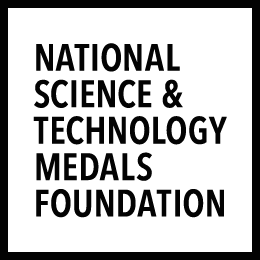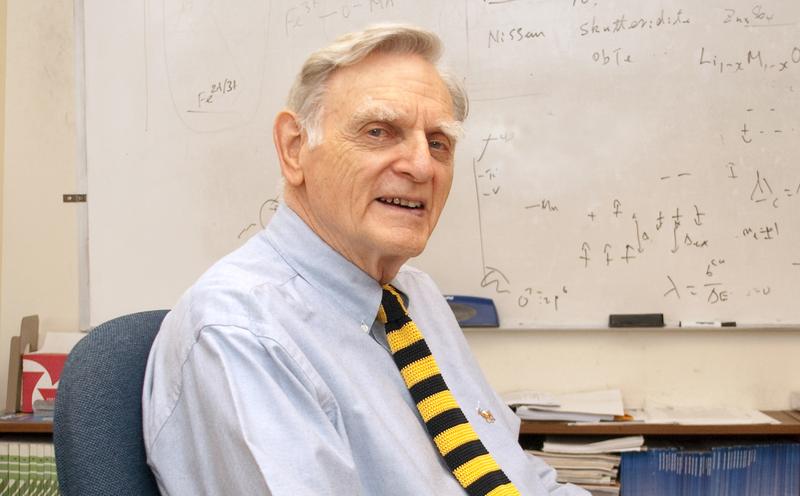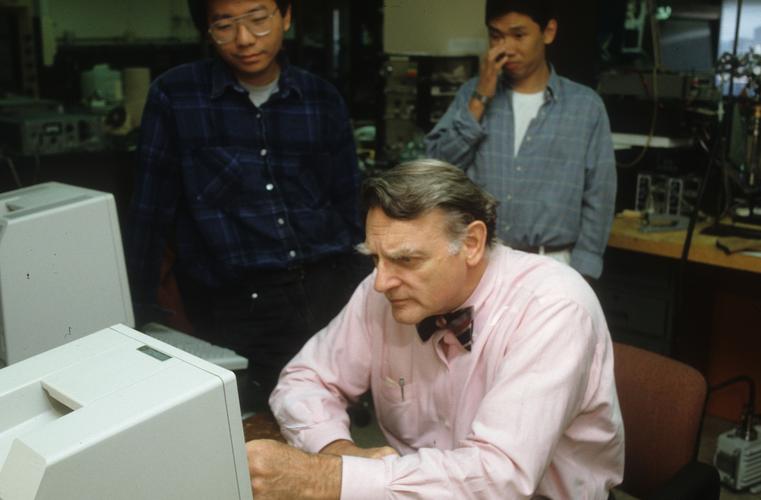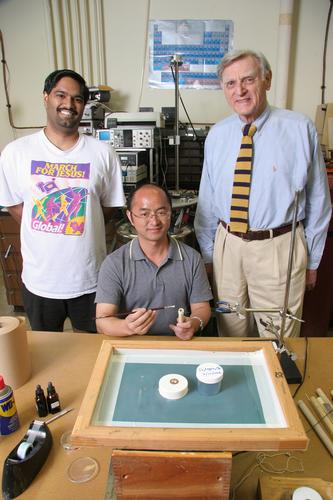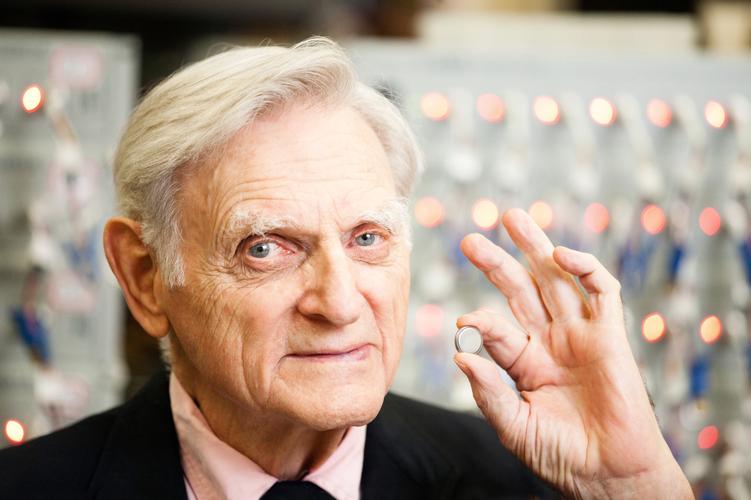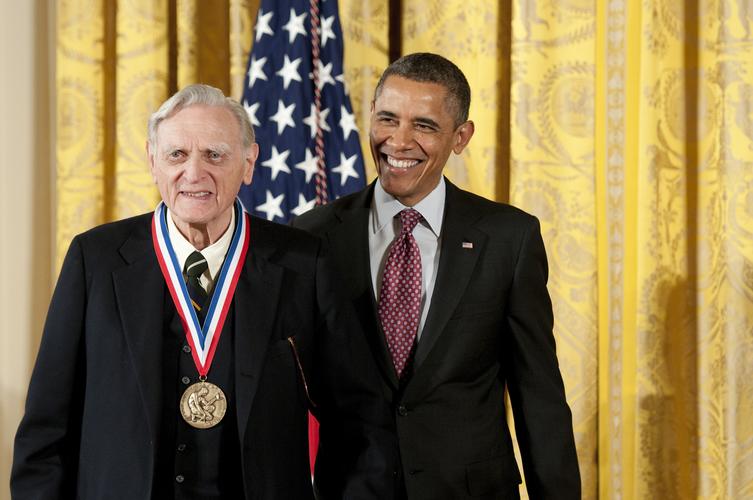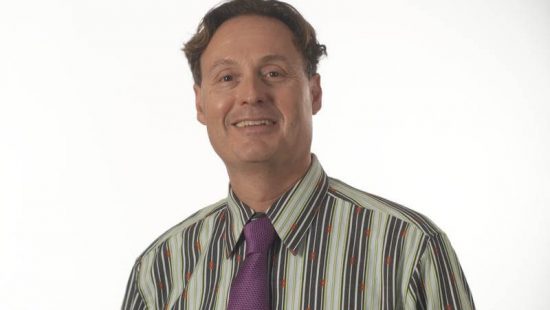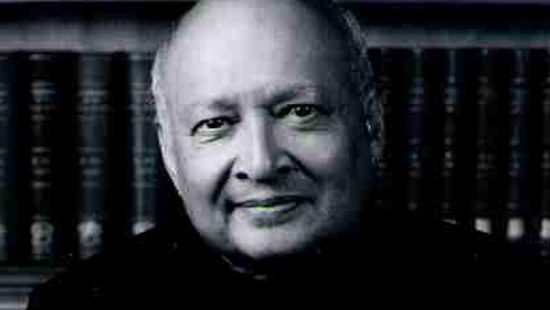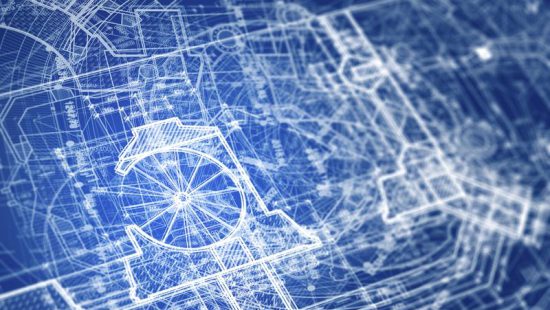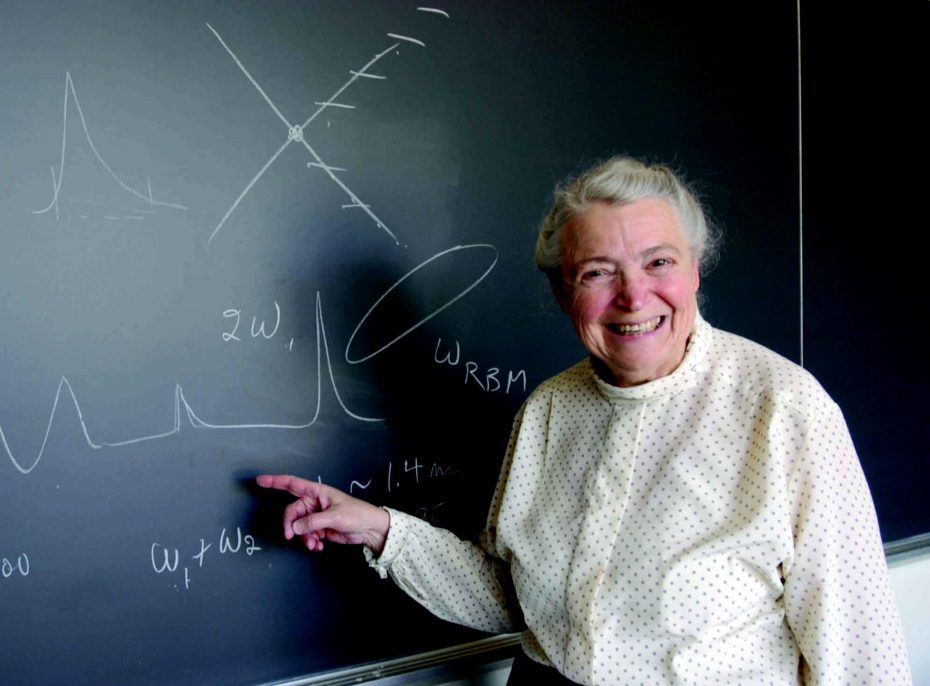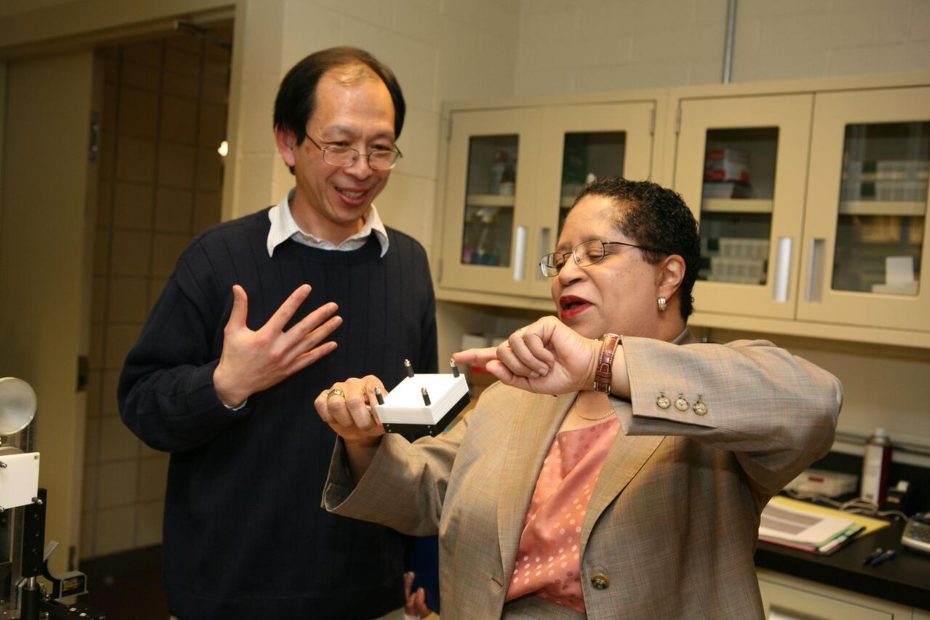Every time you charge your cell phone or reach for your laptop power cord, you are reaping the benefits of John Goodenough’s exceptional creativity. After being told that most physicists make their major discoveries long before they hit middle age, a 50-something Goodenough went on to develop battery technology that has essentially made our modern life possible.
Goodenough’s brainchild was a new kind of lithium ion battery—a rechargeable battery that can store enough energy to be able to power all sorts of electronics and is light and small enough to make them portable.
Batteries work by creating a flow of charged atoms, also known as electrons. To power devices, the ions must flow from the positive end of the battery (the anode), through a substance in the middle (the electrolyte), to the negative end (the cathode). The materials that make up those three components are what determine how much energy the battery can hold, how quickly it can release the energy to power a device, and if it can be recharged.
Though lithium batteries had been invented before, Goodenough identified and developed a new cathode material that could generate power reliably, safely, and in sufficient quantities to power just about any small electronic device—think power tools, cell phones, and even heart defibrillators and hybrid cars. His breakthrough also allowed the flow of ions to be reversed, meaning the battery can be recharged and reused.
Trained in mathematics, a sometime teacher of chemistry, an inquiring physicist, and a groundbreaking materials engineer, Goodenough defies easy classification. “I am a solid-state scientist,” he says. “I would like the chemists to think I am a chemist, but I’m afraid they think I am a physicist. On the other hand, the physicists think I am a chemist.”
